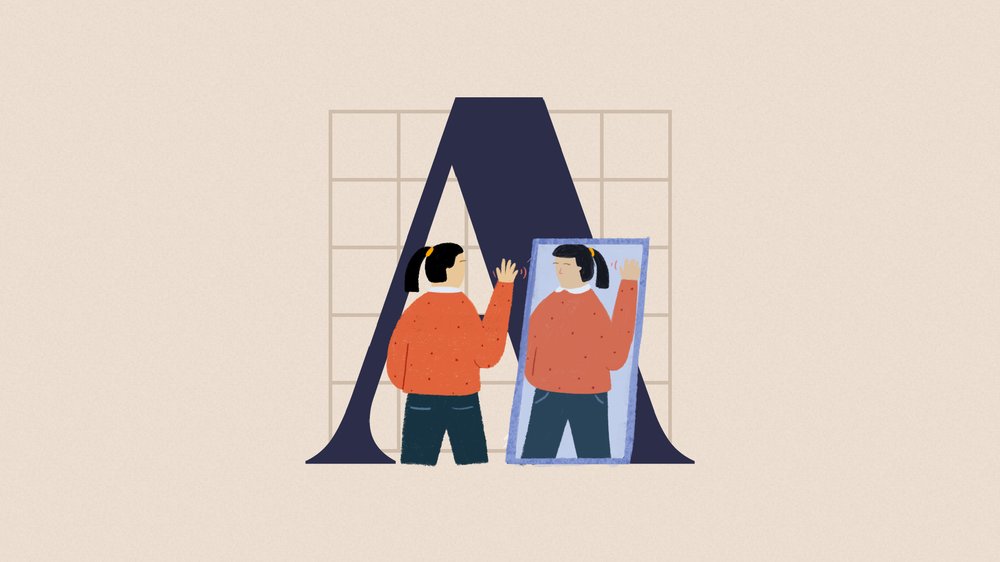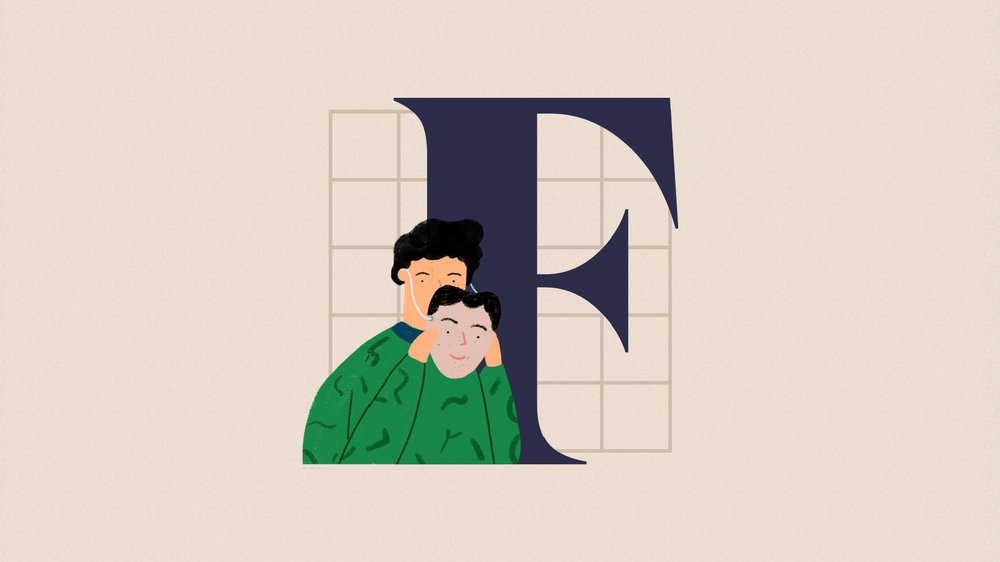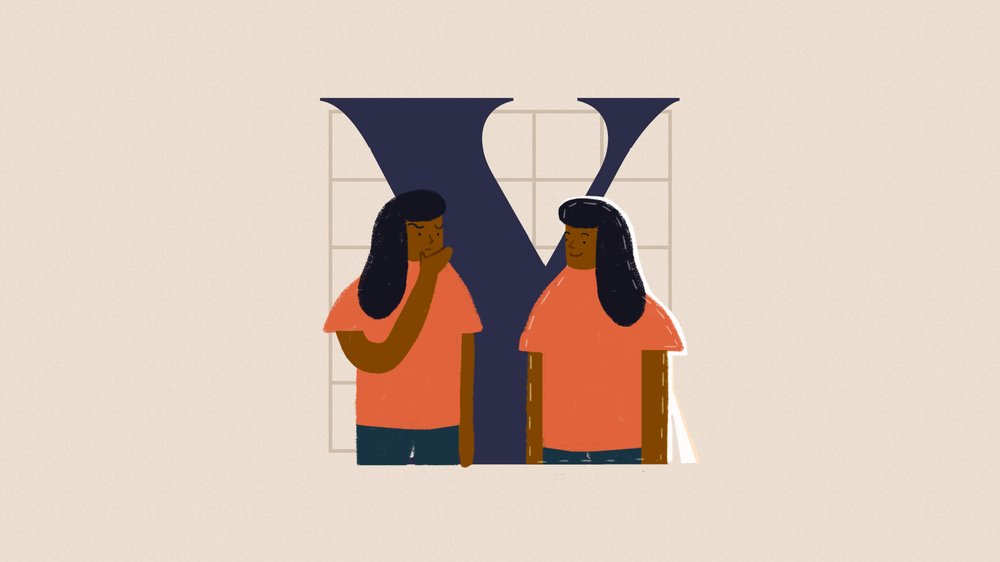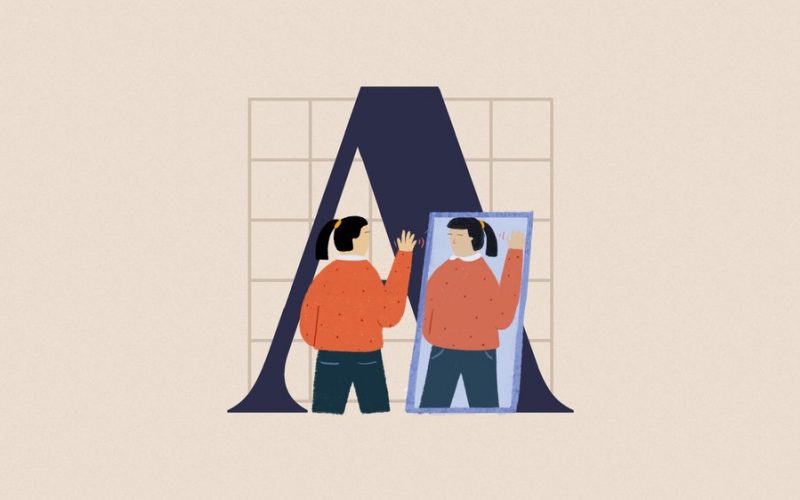Author:
While there’s plenty of information out there on artificial intelligence, it’s not always easy to distinguish fact from fiction or find explanations that are easy to understand. That’s why we’ve teamed up with Google to create The A to Z of AI. It’s a series of simple, bite-sized explainers to help anyone understand what AI is, how it works and how it’s changing the world around us. Here are a few things you might learn:

A is for Artificial Intelligence
1. AI is already in our everyday lives.
You’ve probably interacted with AI without even realizing it. If you’ve ever searched for a specific image in Google Photos, asked a smart speaker about the weather or been rerouted by your car’s navigation system, you’ve been helped by AI. Those examples might feel obvious, but there are many other ways it plays a role in your life you might not realize. AI is also helping solve some bigger, global challenges. For example, there are apps that use AI to help farmers identify issues with crops. And there are now systems that can examine citywide traffic information in real time to help people efficiently planning their driving routes.

C is for Climate
2. AI is being used to help tackle the global climate crisis.
AI offers us the ability to process large volumes of data and uncover patterns—an invaluable aid when it comes to climate change. One common use case is AI-powered systems that help people regulate the amount of energy they use by turning off the heating and lights when they leave the house. AI is also helping to model glacier melt and predict rising sea levels so effective that action can be taken. Researchers are also considering the environmental impact of data centers and AI computing itself by exploring how to develop more energy efficient systems and infrastructures.

D is for Datasets
3. AI learns from examples in the real world.
Just as a child learns through examples, the same is true of machine learning algorithms. And that’s what datasets are: large collections of examples, like weather data, photos or music, that we can use to train AI. Due to their scale and complexity (think of a dataset made up of extensive maps covering the whole of the known solar system), datasets can be very challenging to build and refine. For this reason, AI design teams often share datasets for the benefit of the wider scientific community, making it easier to collaborate and build on each other’s research.

F is for Fakes
4. AI can help our efforts to spot deepfakes.
“Deepfakes” are AI-generated images, speech, music or videos that look real. They work by studying existing real-world imagery or audio, mapping them in detail, then manipulating them to create works of fiction that are disconcertingly true to life. However, there are often some telltale signs that distinguish them from reality; in a deepfake video, voices might sound a bit robotic, or characters may blink less or repeat their hand gestures. AI can help us spot these inconsistencies.

Y is for You
5. It’s impossible to teach AI what it means to be human.
As smart as AI is (and will be), it won’t be able to understand everything that humans can. In fact, you could give an AI system all the data in the world and it still wouldn’t reflect, or understand, every human being on the planet. That’s because we’re complex, multidimensional characters that sit outside the data that machines use to make sense of things. AI systems are trained and guided by humans. And it’s up to each person to choose how they interact with AI systems and what information they feel comfortable sharing. You decide how much AI gets to learn about you.
For 22 more bite-sized definitions, visit https://atozofai.withgoogle.com
